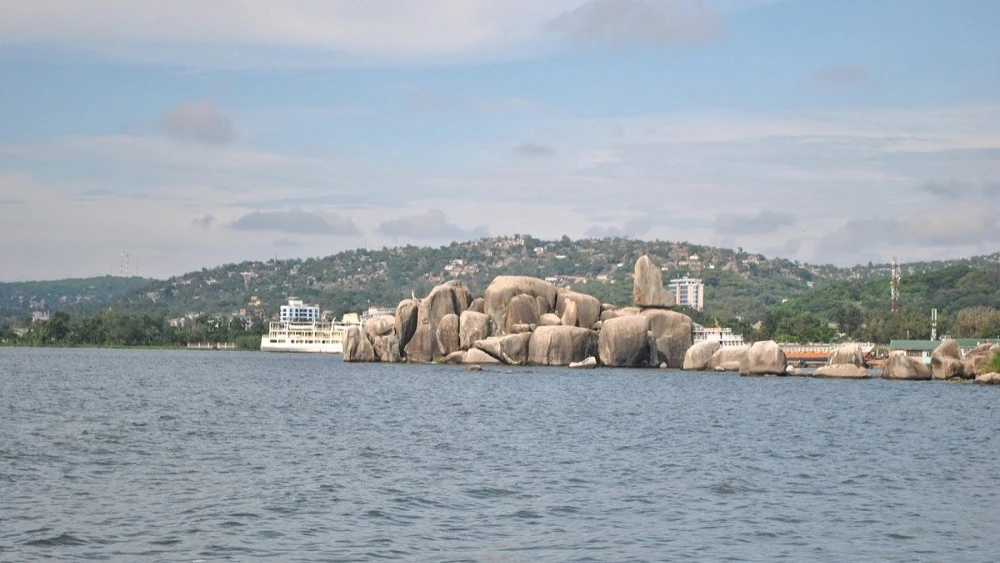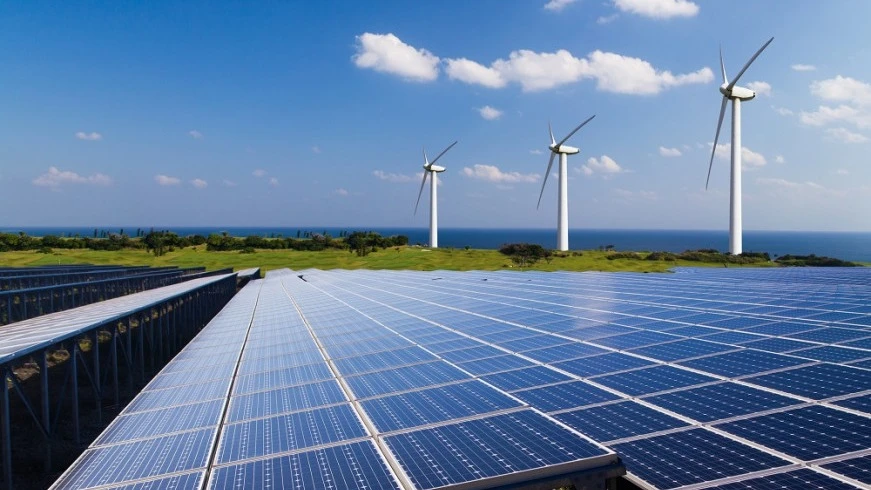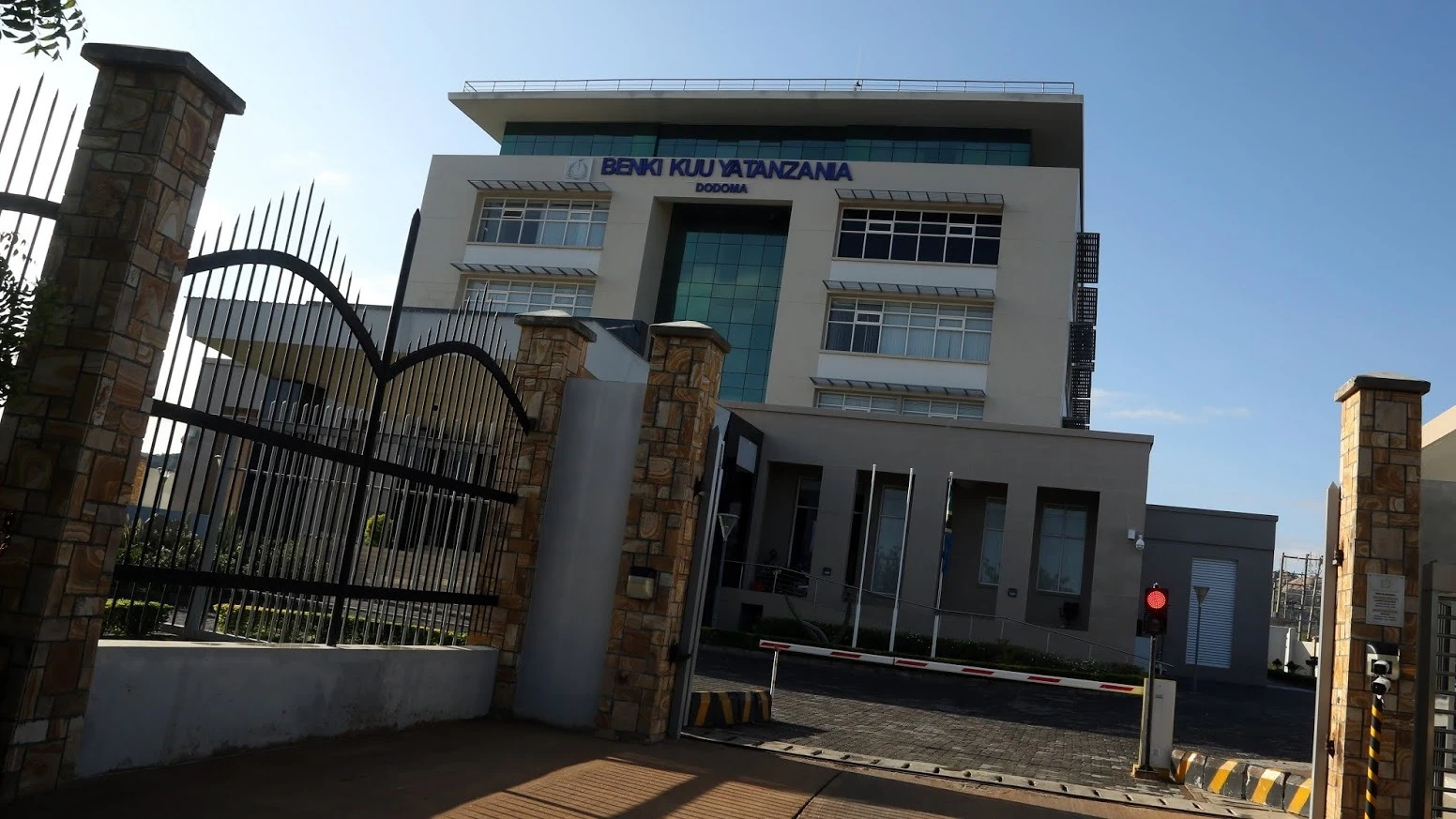Sardines: Study urges safer Lake Victoria drying habits

LOCAL authorities and food safety agencies need to promote safer fish drying methods such as the adoption of raised drying racks to mitigate contamination risks from soil, dust and other environmental sources.
This appeal is contained in a new study conducted in Mwanza, Kagera, and Mara regions whose summary write up says that sardines from Lake Victoria remain safe to eat, with concentrations of cadmium and lead found to be well within national and international safety standards.
In the study published late last week in the Food Science & Nutrition journal linked with the American Society for Nutritional Sciences, researchers analysed 279 sardine samples using a flame atomic absorption spectrometer, where estimated daily intakes were significantly below dangerous thresholds.
The lead researcher said that regular community education and capacity-building initiatives on hygienic fish handling and drying practices are vital for empowering stakeholders to reduce contamination and protect consumer health.
Effective monitoring of heavy metal concentrations in sardines from Lake Victoria is essential to ensure timely changes for intervention, the summary affirms, stating that the findings provide crucial evidence for policymakers, food safety authorities and fishing communities on best practices.
It will help safeguard consumer health and the sustainability of the vital protein source, as sardine (Rastrineobola argentea) is a crucial food source for communities around Lake Victoria, with essential nutrients like protein, amino acids, minerals and vitamins.
The study shows that hazard indices for cadmium and lead were noticed as 0.0053 to 0.0060—far below international limits, asserting that even min or heavy metal contamination in aquatic environments threatens its safety and may affect human health.
“These findings suggest that although community awareness of the risk of heavy metal remains low, the concentrations of cadmium and lead in sardines and the associated dietary exposure do not pose significant health risks to consumers,” the summary underlined.
The study also found no significant cancer risk from sardine consumption, cautioning that while current levels are safe, these metals are highly toxic over time, thus the need for effective monitoring and better handling practices.
The cross-sectional study surveyed 425 participants 80 per cent of whom were women, showing that knowledge of heavy metal contamination was strikingly low. About 96.2 percent of respondents were unaware of the risks posed by pollutants such as cadmium, lead and mercury, it said.
Only a small number of participants recognised possible health risks, which include vomiting, kidney failure and other complications linked to industrial and mining activities around the lake, researchers affirmed.
Dickson Lwetoijera, Ifakara Health Institute (IHI) senior researcher, contributed to study design, data analysis and manuscript preparation, collaborating with Happiness Venant of the National Institute for Medical Research (NIMR) along with Neema Kassim of the Nelson Mandela African Institution of Science and Technology (NM-AIST).
The authors stressed that ongoing community education, hygienic fish handling and cleaner drying practices are essential to ensure sardines remain safe and nutritious. The use of raised racks for drying could help reduce contamination from soil, dust and other environmental sources, the summary indicated.
Concentrations of cadmium and lead in sardine were below set limits, and estimated daily intake was within acceptable levels, with hazard quotients and cancer risk well below critical limits, indicating no significant non-carcinogenic and carcinogenic health risks, it specified.
Top Headlines
© 2025 IPPMEDIA.COM. ALL RIGHTS RESERVED






















